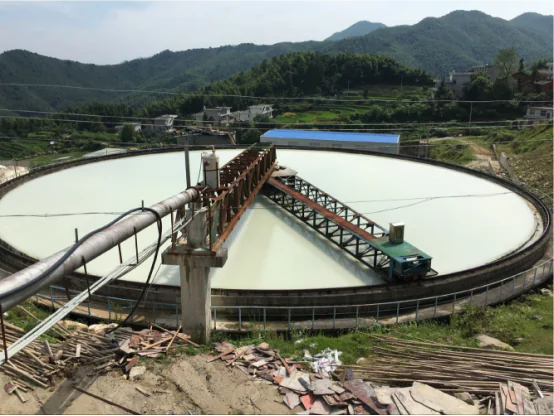In wastewater treatment, choosing the right carbon source is very important. It affects nitrogen and phosphorus removal. Some people ask: Can feces be used as a carbon source? Experts say yes — but only under certain conditions.
✅ Why Can Feces Be Used as a Carbon Source?
Feces contain many undigested organic materials. Under the action of microorganisms, these substances can be decomposed into small molecular organic acids and alcohols through biochemical processes such as hydrolysis and acidification.These small molecules are easy for microbes to absorb. So, feces can be a biodegradablecarbon source.
In denitrification systems, when the carbon source is not enough, nitrogen removal becomes poor. After proper treatment, feces can serve as a low-cost carbon source, rich in organics. It can help improve treatment when regular carbon sources are not enough.

🧪 4 Key Conditions for Using Feces as a Carbon Source
To use feces as a carbon source, the following 4 conditions must be met:
- It must contain small, easy-to-use organics
A good carbon source should have glucose, organic acids, ethanol, or methanol. These are small molecules that microbes can quickly use. Feces can produce these after hydrolysis and acidification.
- It must have enough useful organics
If feces have too little usable organic matter, they are not good as a carbon source. It is best to test COD and BOD values to check their carbon value.
- It must be stable in composition
Microbes need time to adapt to new carbon sources. If the feces source changes too much, it will harm the system’s stability. A stable carbon source is necessary for long-term use.
- It must not contain toxic or harmful substances
If feces contain heavy metals, too much ammonia, or toxic salts, they can hurt the microbes. This will reduce treatment performance. For example, landfill leachate supernatant has high organic content but also high salt or metal levels. So, it is not a good carbon source.
💬 Expert Advice and Industry Views
More people are now looking for low-cost carbon sources in wastewater treatment. Feces, food waste water, and anaerobic liquid are new options being studied.
Experts suggest that if you want to use feces, you must test first. Try it on a small scale. Use online monitoring to check results. Adjust dosage as needed. This way, the system can stay safe, stable, and efficient.
